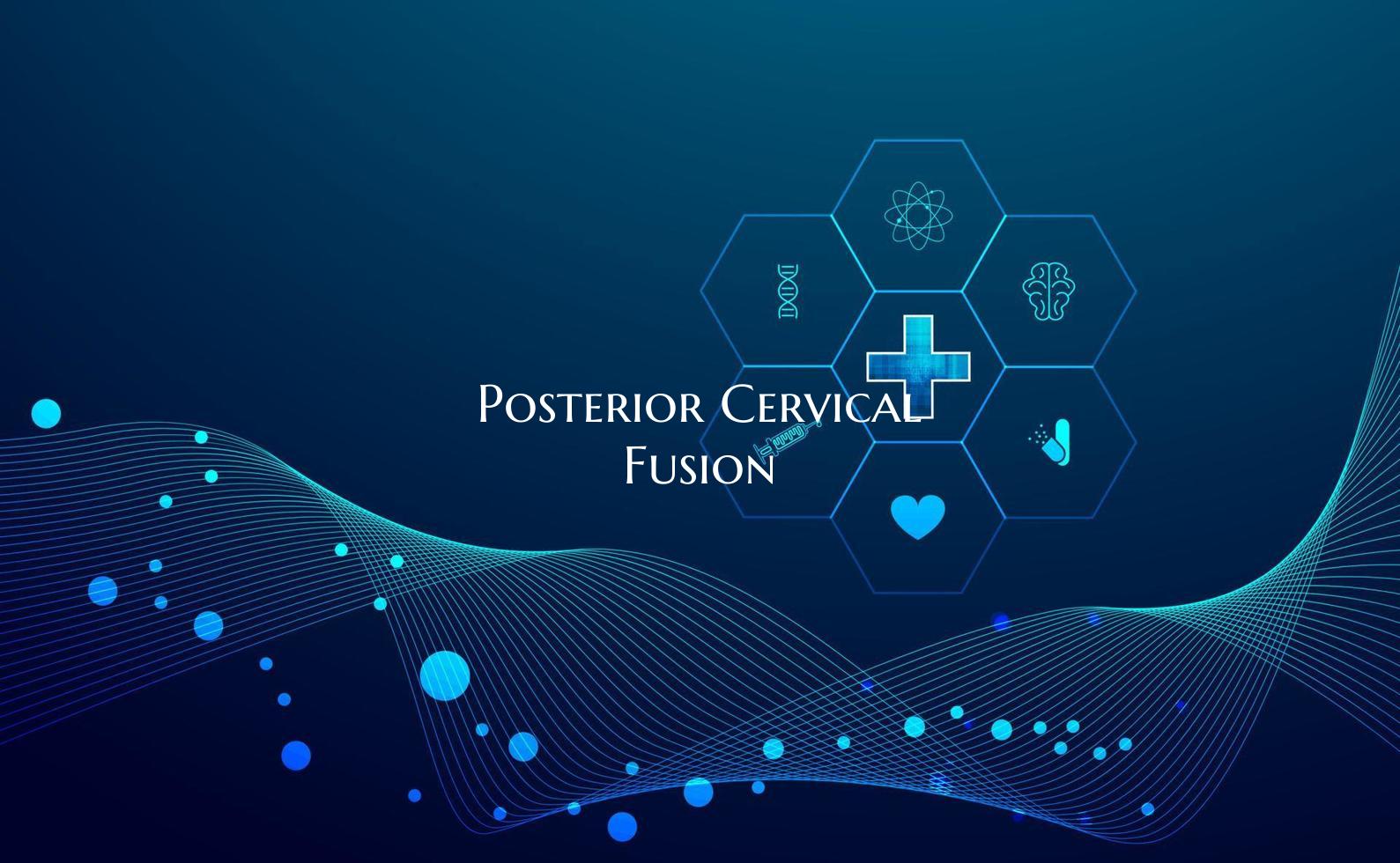
Posterior Cervical Fusion
Posterior cervical fusion is a surgical procedure commonly used to treat neck conditions that may be causing instability or compression of the spinal cord or nerves in the cervical spine (neck region). This procedure involves joining two or more cervical vertebrae together using bone grafts, screws, and plates to stabilize the spine and promote fusion, or the growth of bone between the vertebrae.
There are various reasons why a posterior cervical fusion may be recommended, including:
1. Degenerative disc disease: This condition involves the breakdown of the discs between the cervical vertebrae, leading to pain, instability, and nerve compression. 2. Herniated discs: When a disc in the cervical spine ruptures or bulges, it can compress nearby nerves, causing pain, weakness, and numbness. 3. Spinal stenosis: This condition involves the narrowing of the spinal canal, which can put pressure on the spinal cord and nerves, leading to pain and neurological symptoms. 4. Traumatic injuries: Fractures or dislocations in the cervical spine may require stabilization through fusion surgery. 5. Tumors: Cervical spine tumors may necessitate fusion surgery to remove the tumor and stabilize the spine.
During a posterior cervical fusion procedure, the surgeon will make an incision in the back of the neck to access the cervical spine. The damaged disc or bone material is removed, and bone graft material is placed between the vertebrae to stimulate fusion. Metal screws and plates are often used to immobilize the area and promote fusion. Over time, new bone tissue grows and fuses the vertebrae together, stabilizing the spine.
Recovery from posterior cervical fusion surgery may vary depending on the individual and the specifics of the procedure performed. Physical therapy and rehabilitation are typically recommended to help regain strength, mobility, and function in the neck and upper body.
As with any surgical procedure, posterior cervical fusion carries risks and potential complications, including infection, nerve damage, and hardware failure. It is essential for patients to discuss the benefits, risks, and expected outcomes of the surgery with their healthcare provider to make an informed decision about the treatment options available for their specific condition.